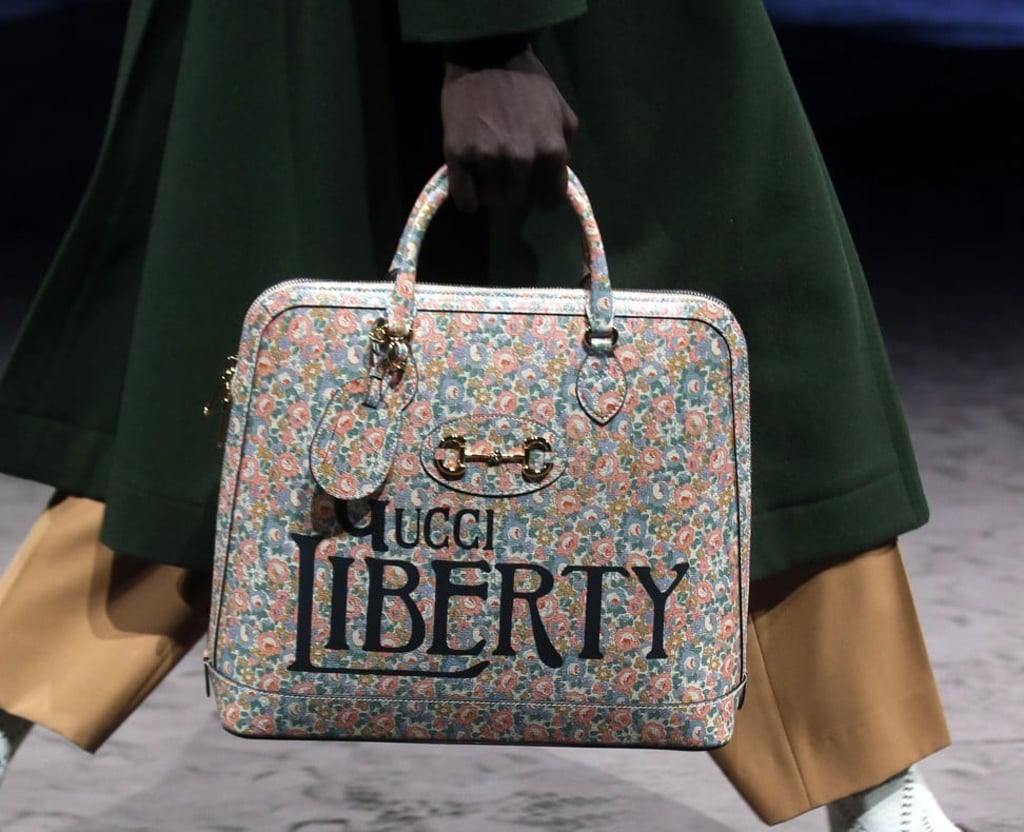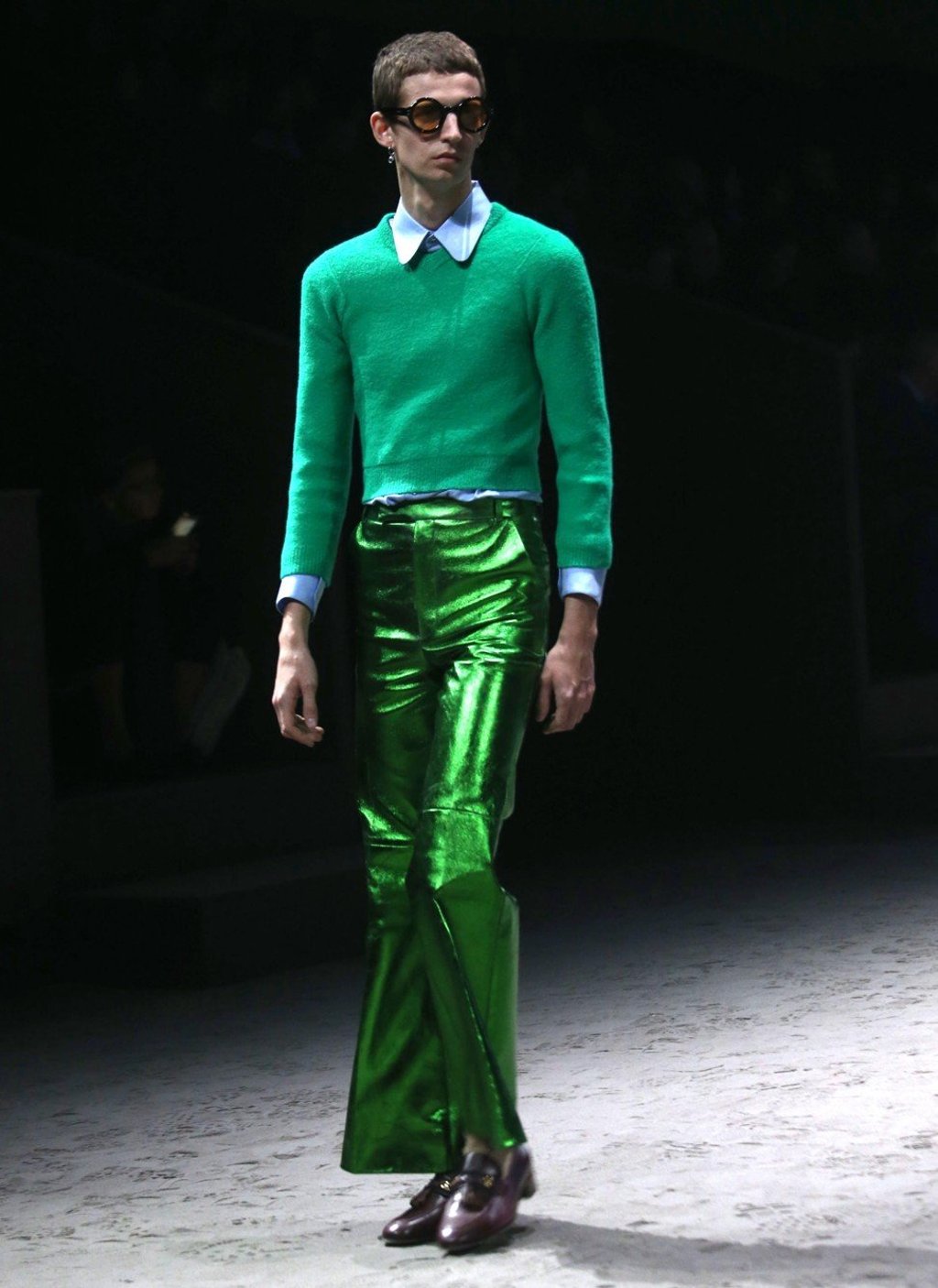Milan Fashion Week: How Gucci reinvented masculinity, giving traditional menswear new meaning
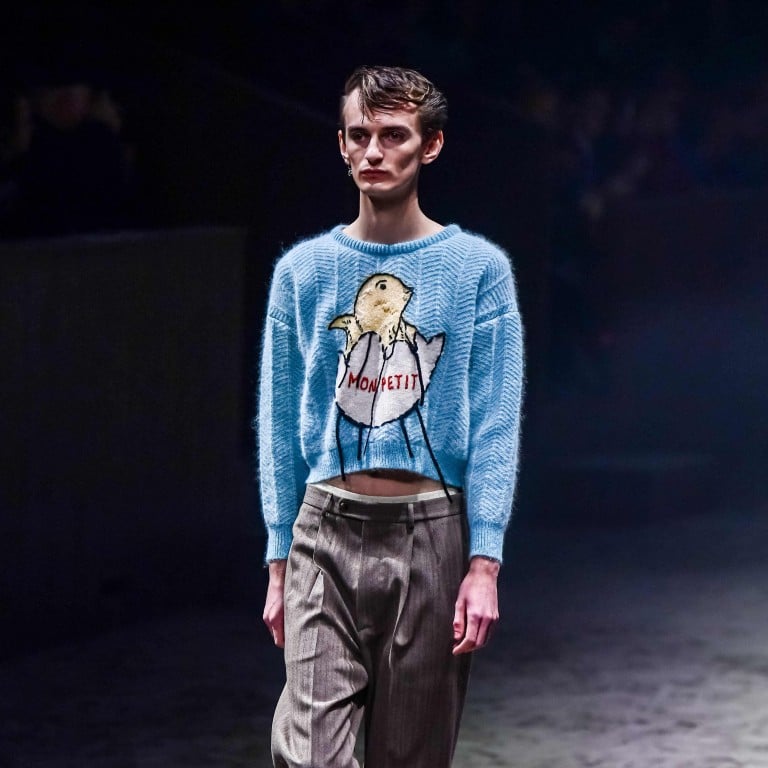
Designer Alessandro Michele’s collection is a sort of Alice in Wonderland journey through the rabbit hole, with clothes made to look too small or too big
If any one designer can take credit for revolutionising menswear, it is Gucci’s Alessandro Michele, who made his runway debut as creative director five years ago with a menswear collection that challenged masculine codes.
This week’s menswear previews for Fall/Winter 2020-21 confirmed the shifting conversation around men’s dressing. Designers across the spectrum made clear that introducing feminine elements to a man’s wardrobe – in colours, silhouettes and textiles – is a durable trend into the new decade.
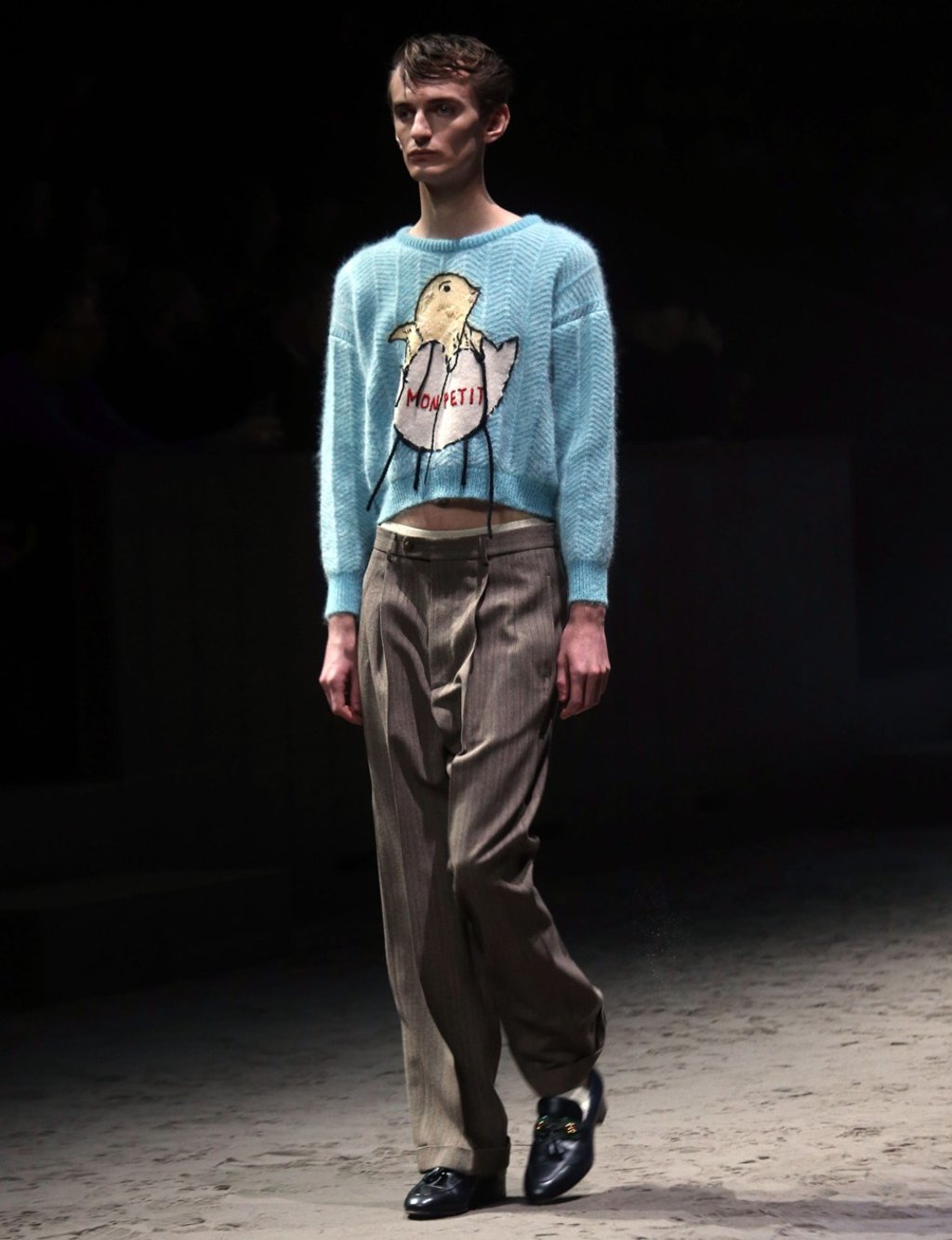
“I don’t want to give the impression I want to deconstruct or destroy the masculine world. I want to enlarge it,’’ Michele told reporters after Gucci closed five days of mostly menswear previews for Fall/Winter 2020/21.
Michele is inviting his Gucci tribe to discover their inner child and “relearn” what it is to be masculine.
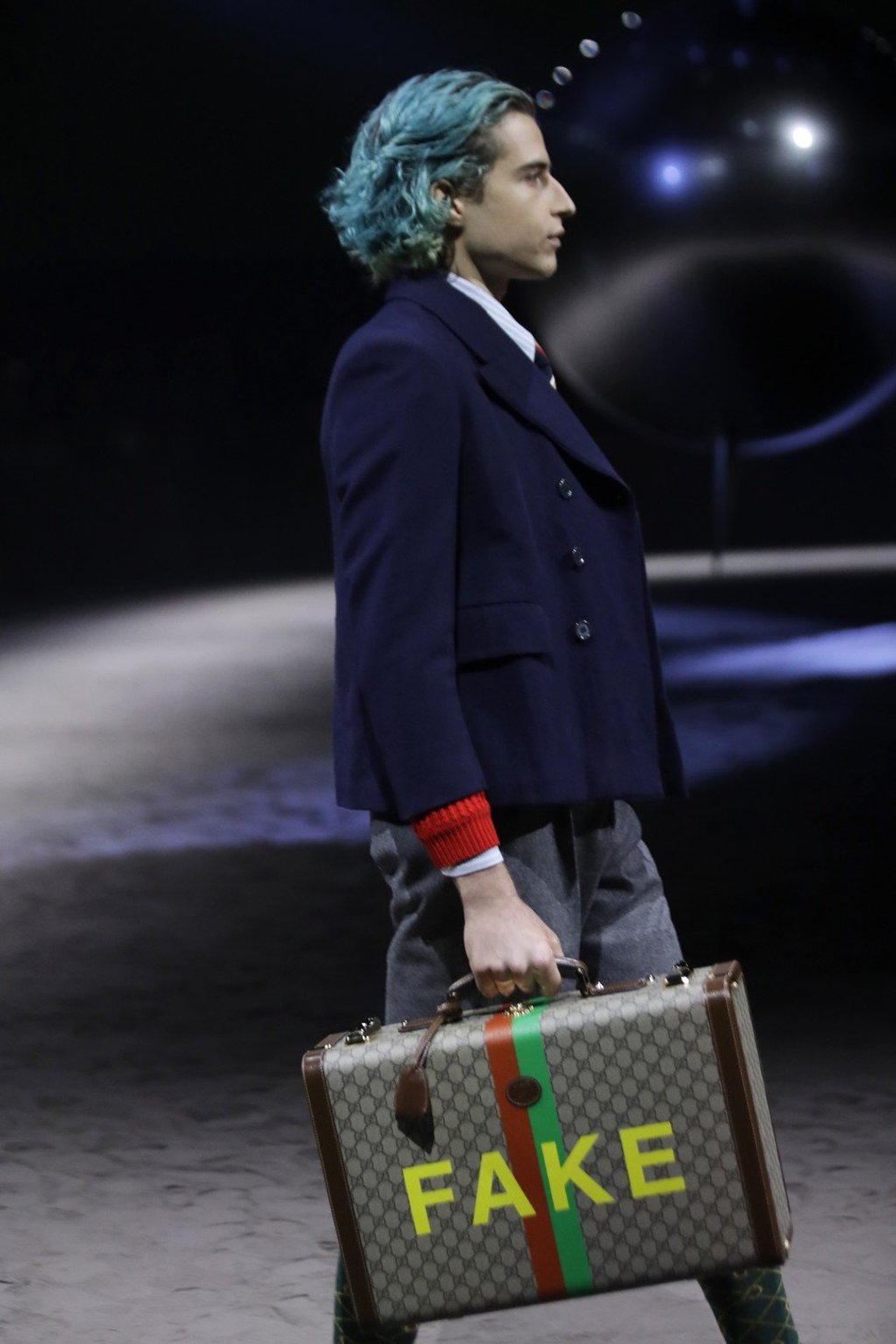
“Stereotypical ways of being masculine are dangerous to men and dangerous to women,’’ Michele told reporters. In show notes, a sort of manifesto written like a homework assignment on lined composition paper, Michele amplified the point, saying masculinity “is often moulded by violently toxic stereotypes’’ and that “any possible reference to femininity is aggressively banned, as it is considered a threat”.
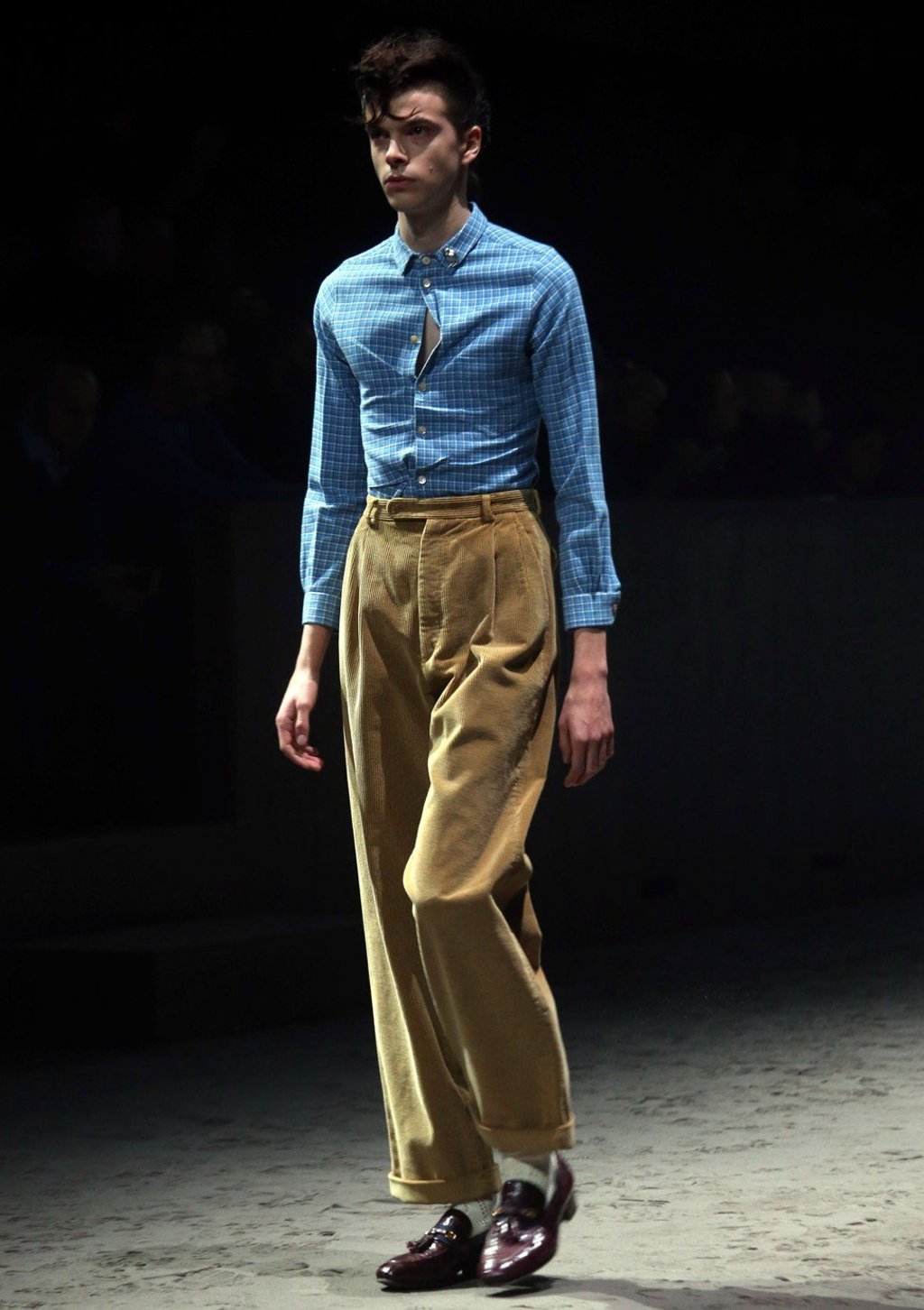
Michele’s first five years at Gucci have led the way to blurrier gender lines in Milan luxury fashion, while also recognising overlooked or marginalised groups beyond traditional gender norms. But the strong tones in his manifesto also belied frustration at the pace of progress, and his invitation to return to childhood innocence to establish new gender codes suggested that the only way forward is to go back and start over. The validity of his manifesto is clear in the still-mounting #MeToo movement – strong in the US, but non-existent in Gucci’s native Italy.
